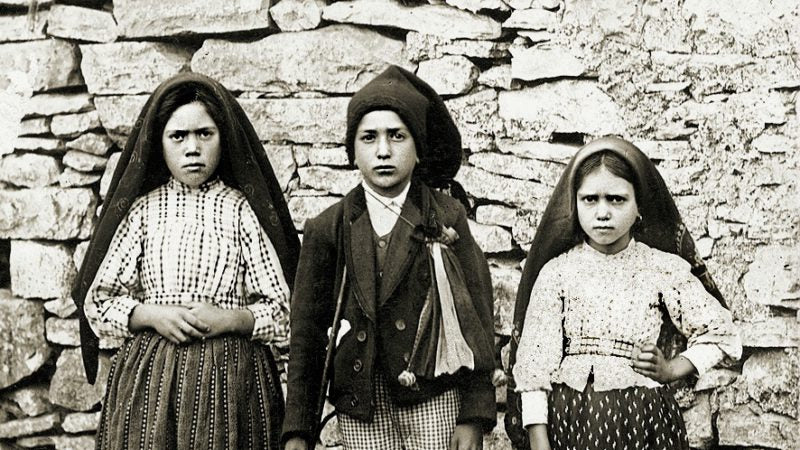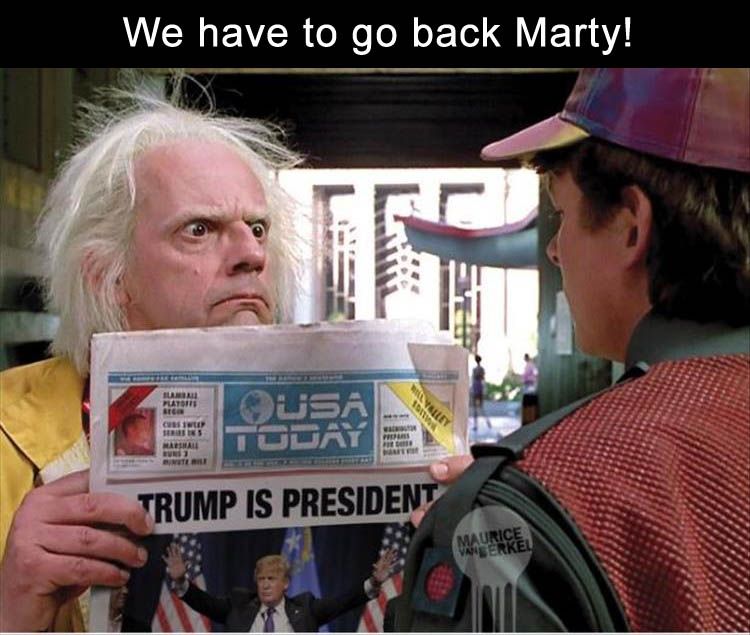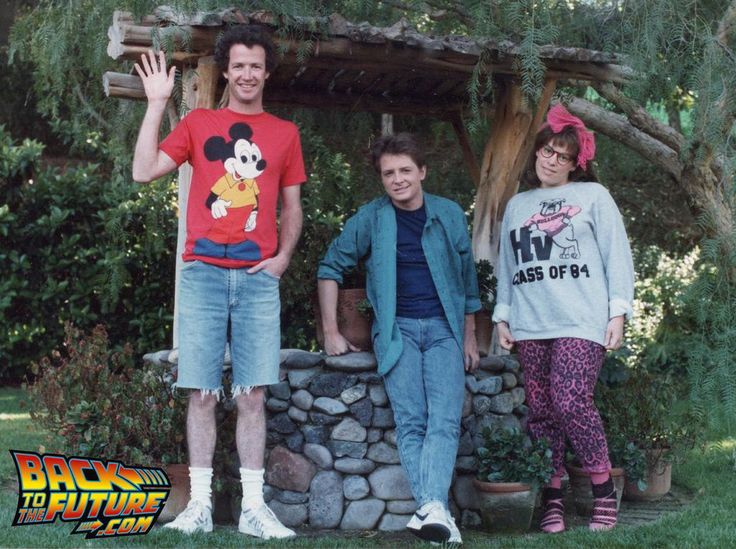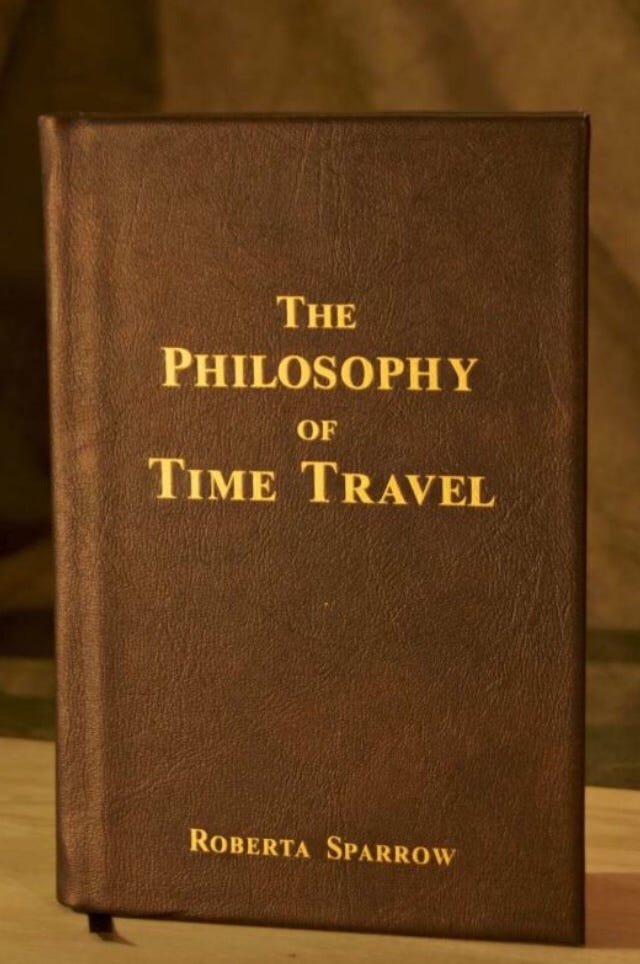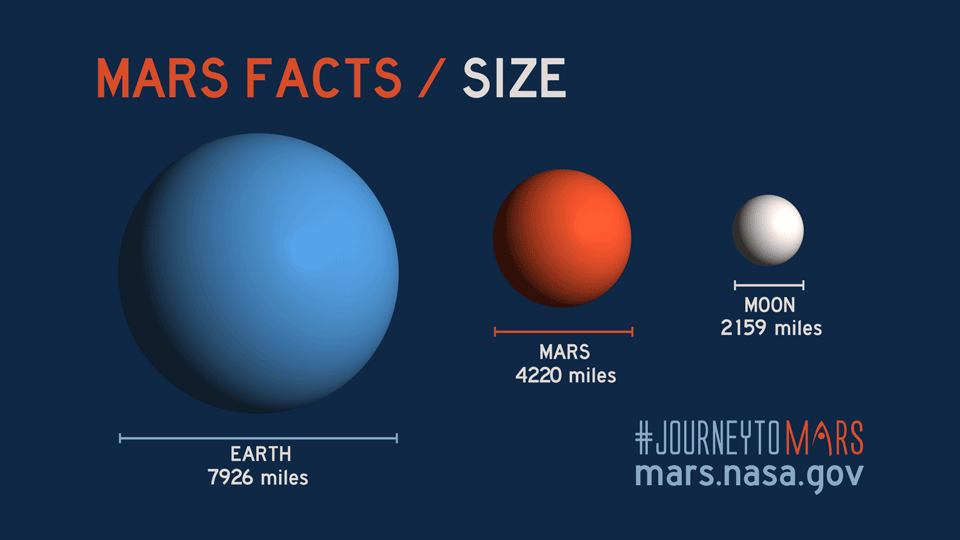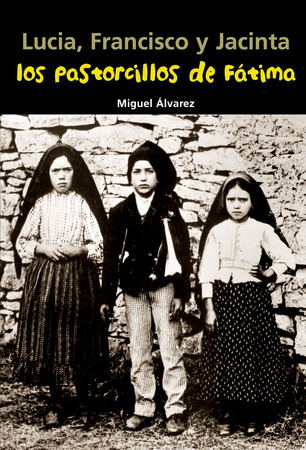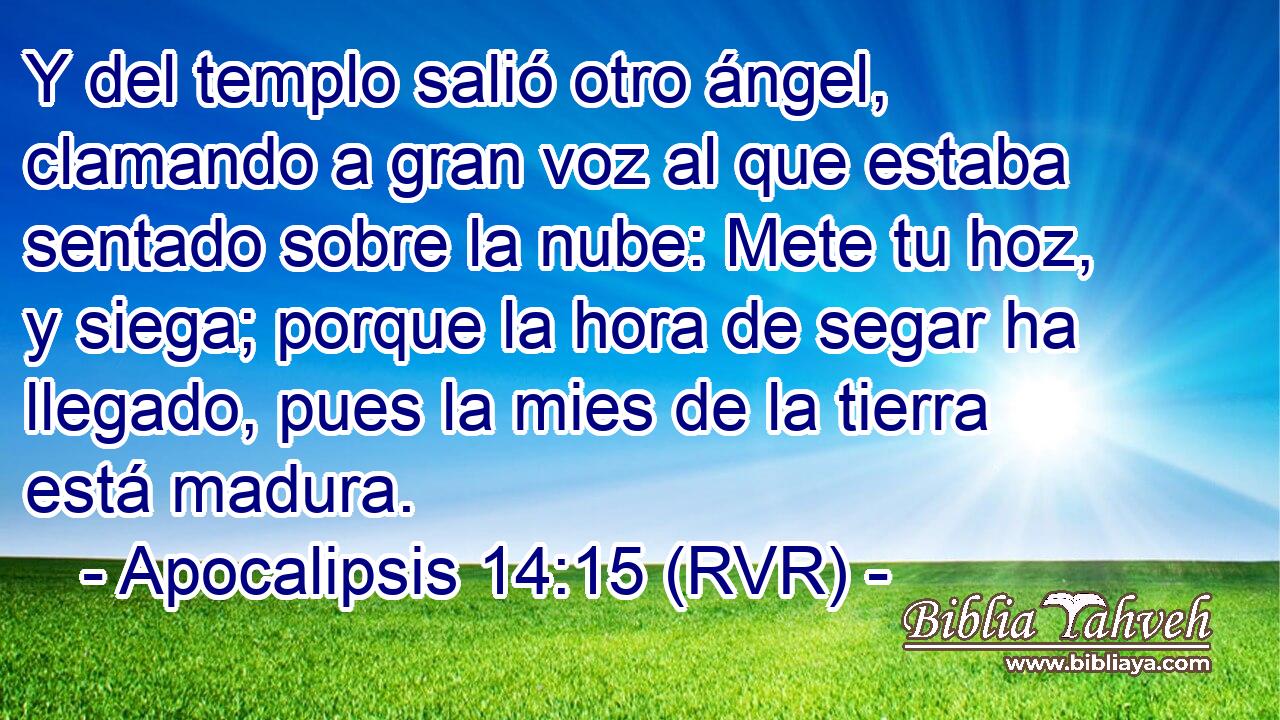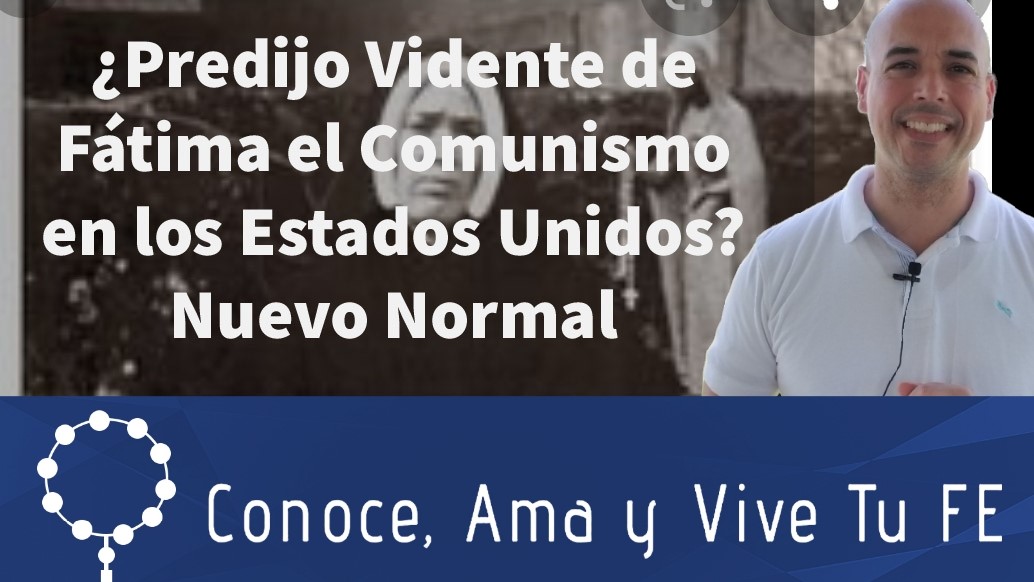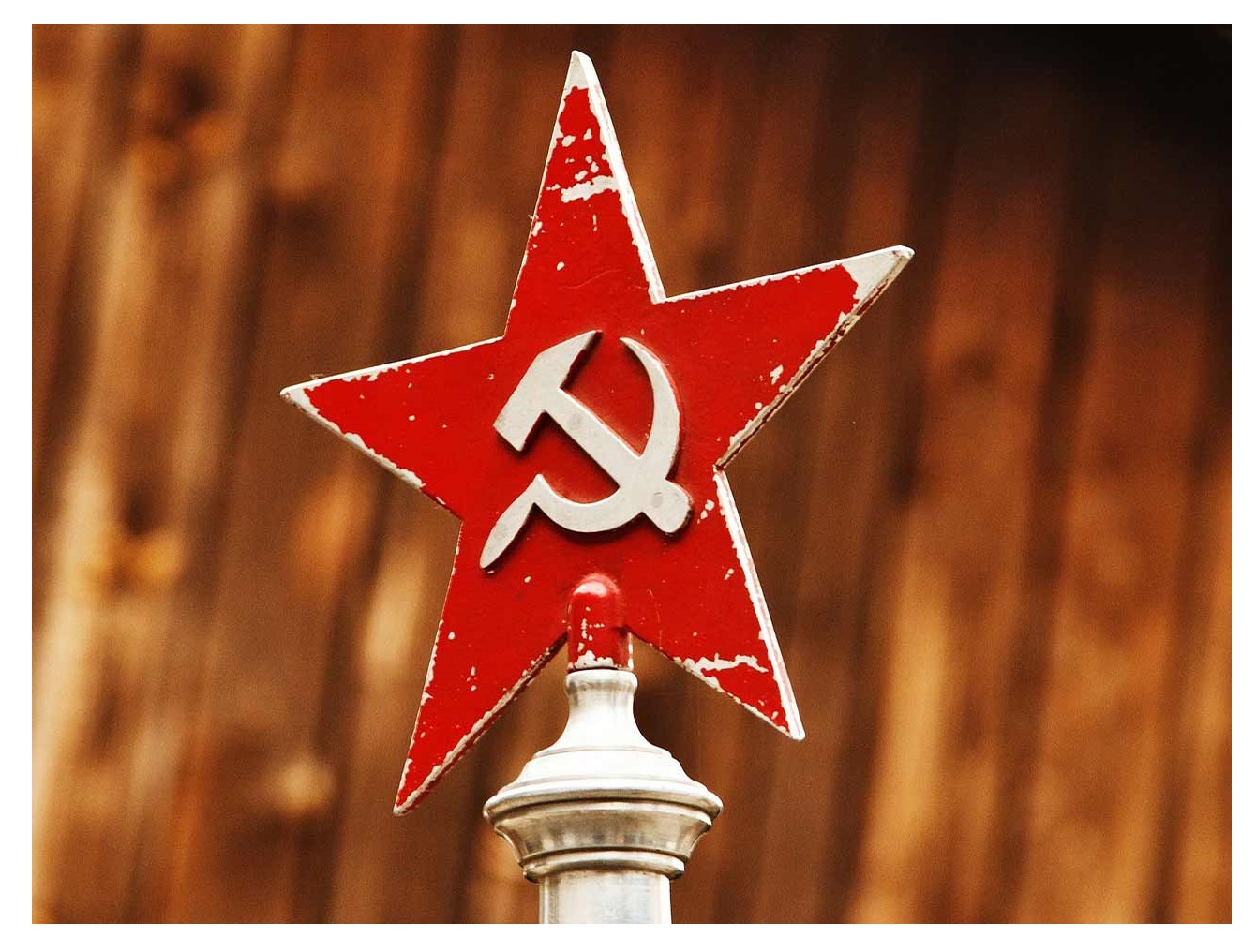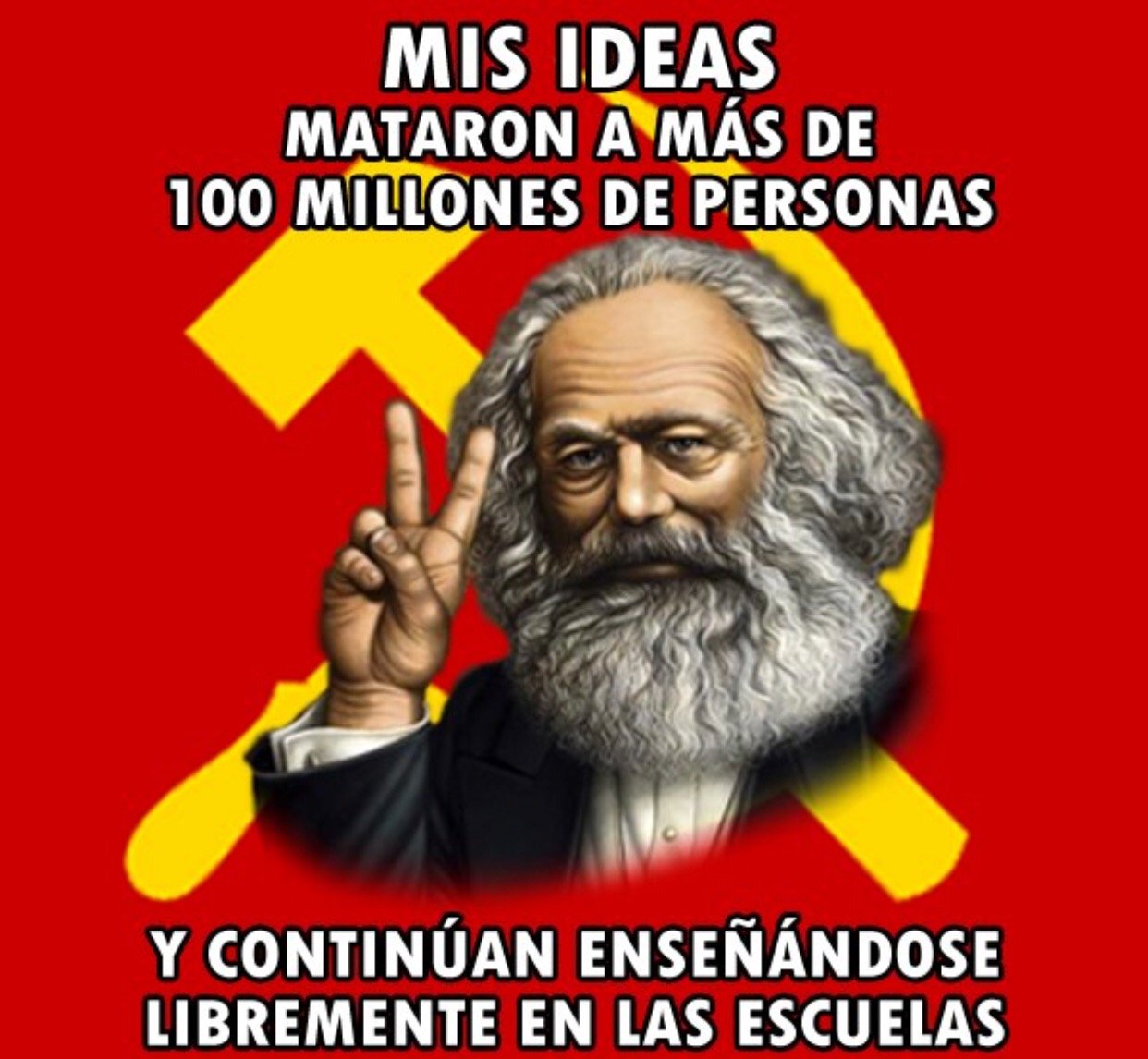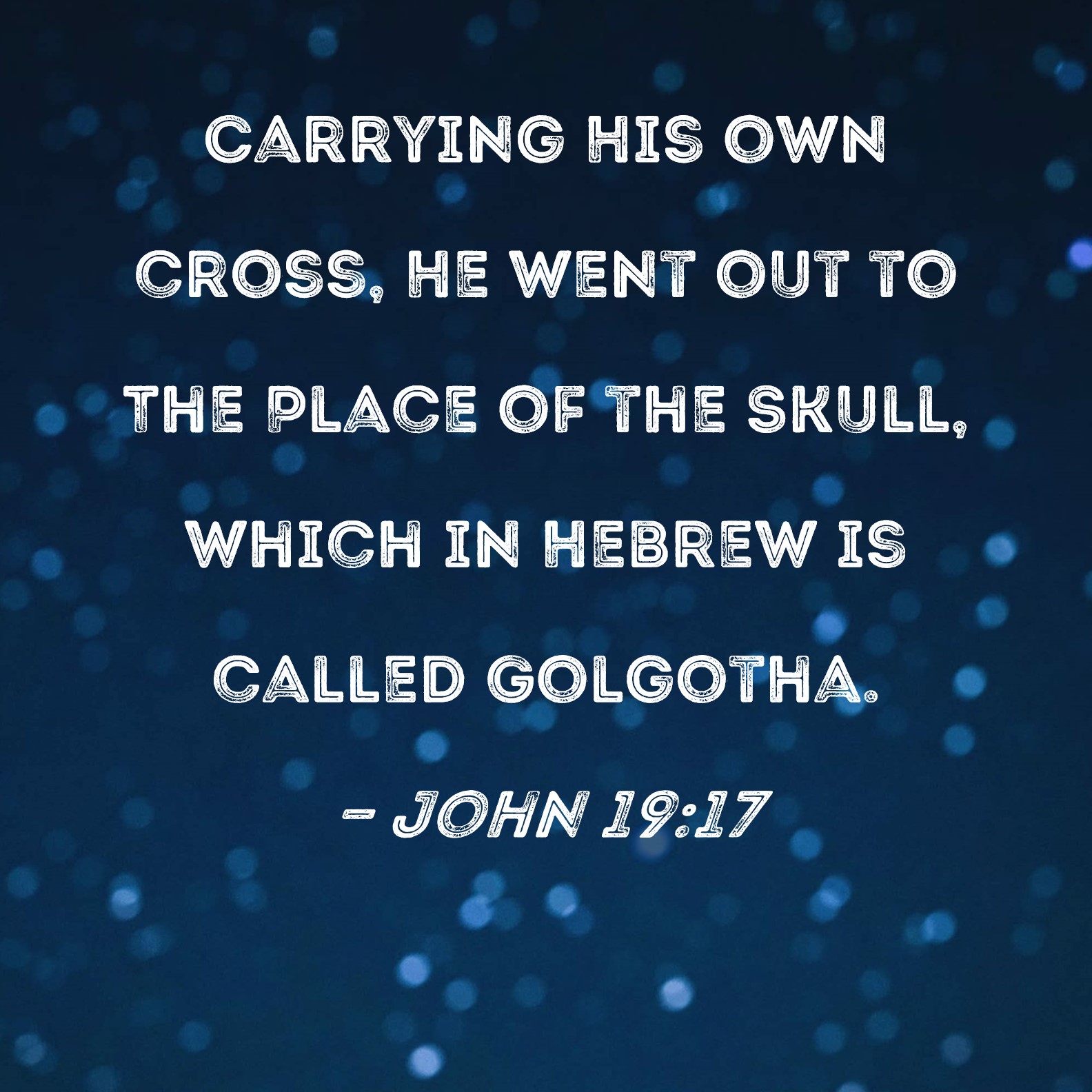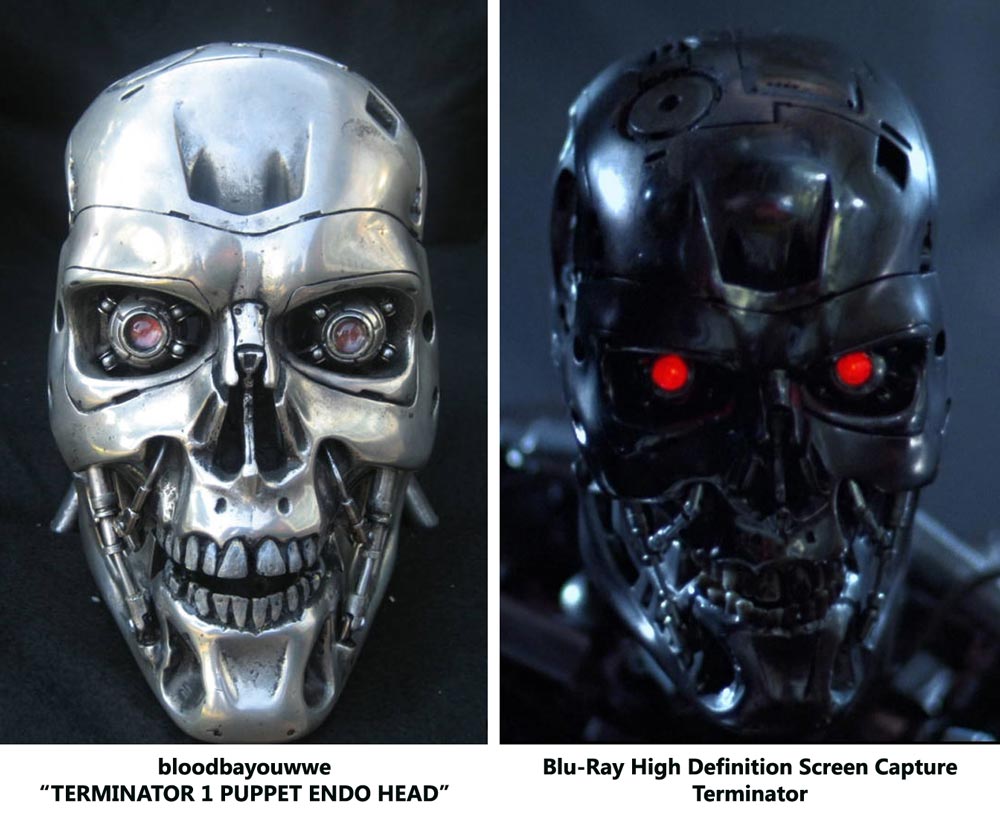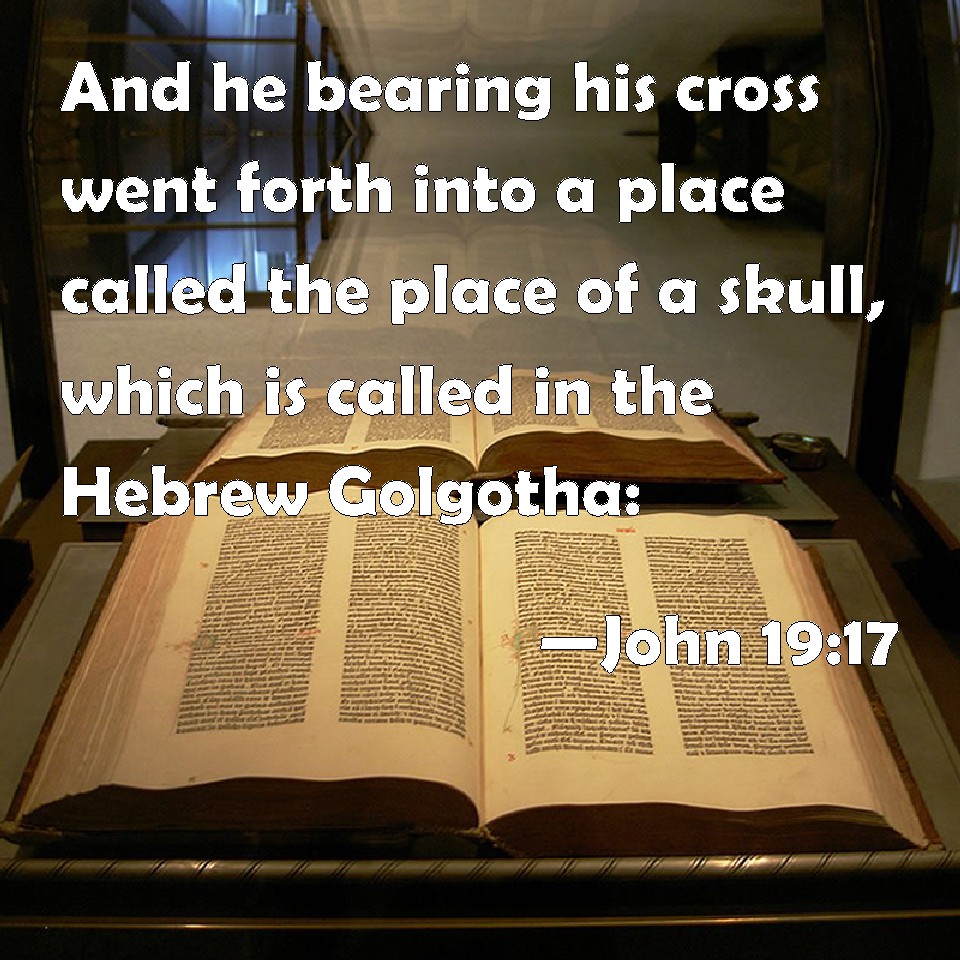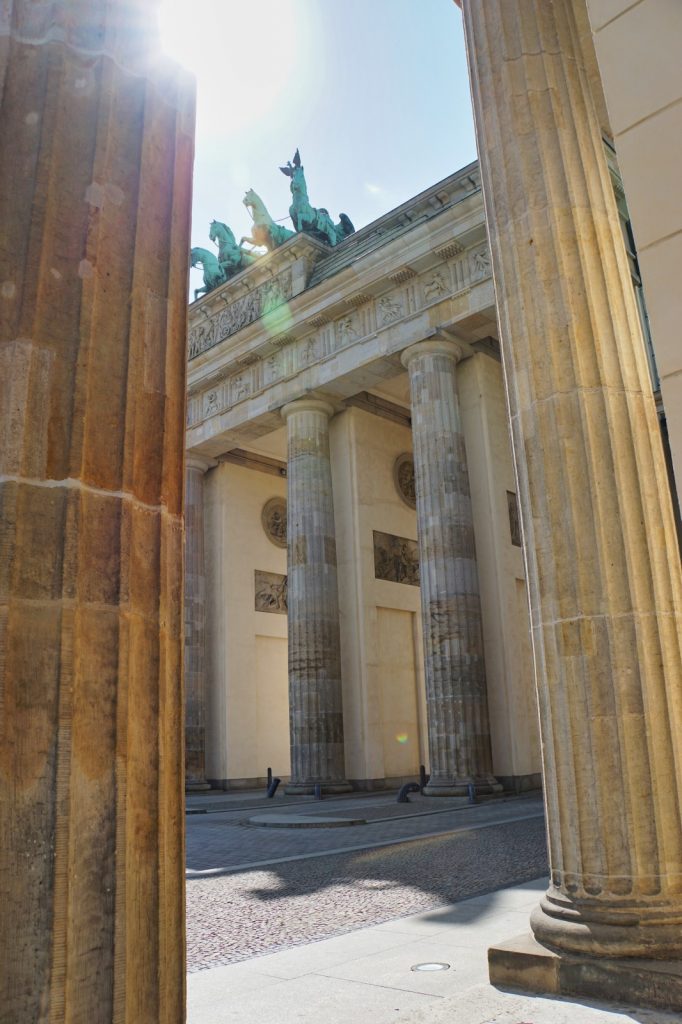I think every visitor to Berlin is drawn to the Brandenburg Gate and Pariser Platz. The gate is the most famous landmark, a good reason for Berliners to drive by and stroll along the tourist paths.
We park our car on the Straße des 17.Juni right next to the statue, which is located on the central reservation of the roadway.
The bronze figure with the distinctive name “The Caller” stands on a pedestal with the inscription “I walk through the world and call peace peace peace”. In 1989 it got its place and “calls” in the direction of the Brandenburg Gate and the former eastern part of Berlin. For me, it is a very expressive figure that would be even better today as a rotating figure “calling” in all directions.
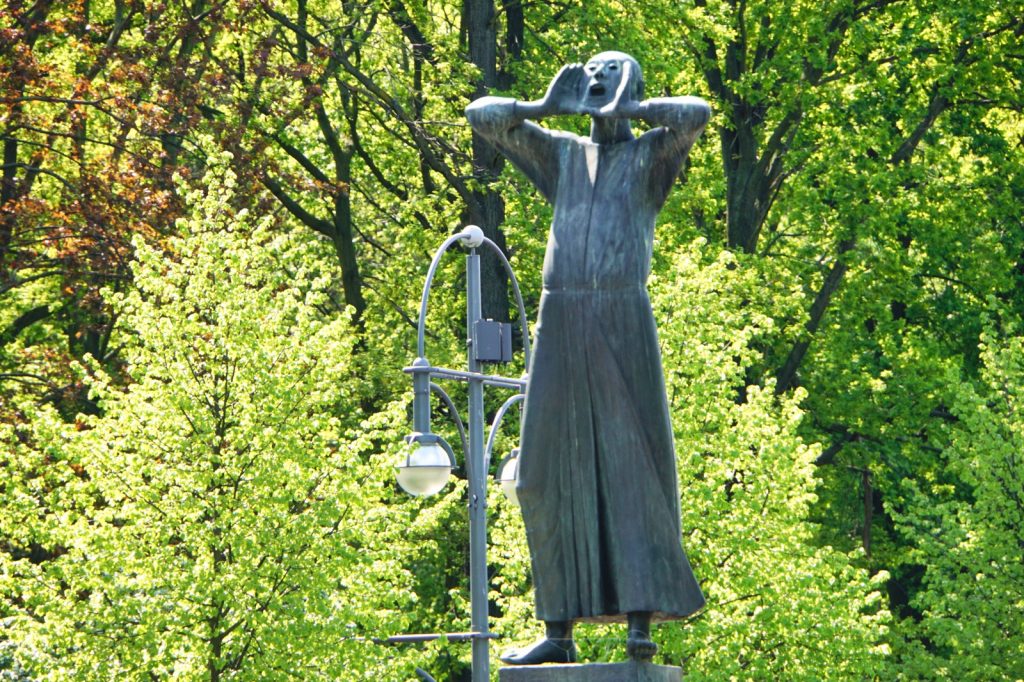
We approach the gate via Platz des 18.März and I take a big step, as I often do, over the paving stones that show the former course of the Berlin Wall in front of the Brandenburg Gate. It occurs to me that I walked through the Brandenburg Gate for the first time in early 1990. This is the only picture in our thousands of family photos that I have found at all that shows the Brandenburg Gate.
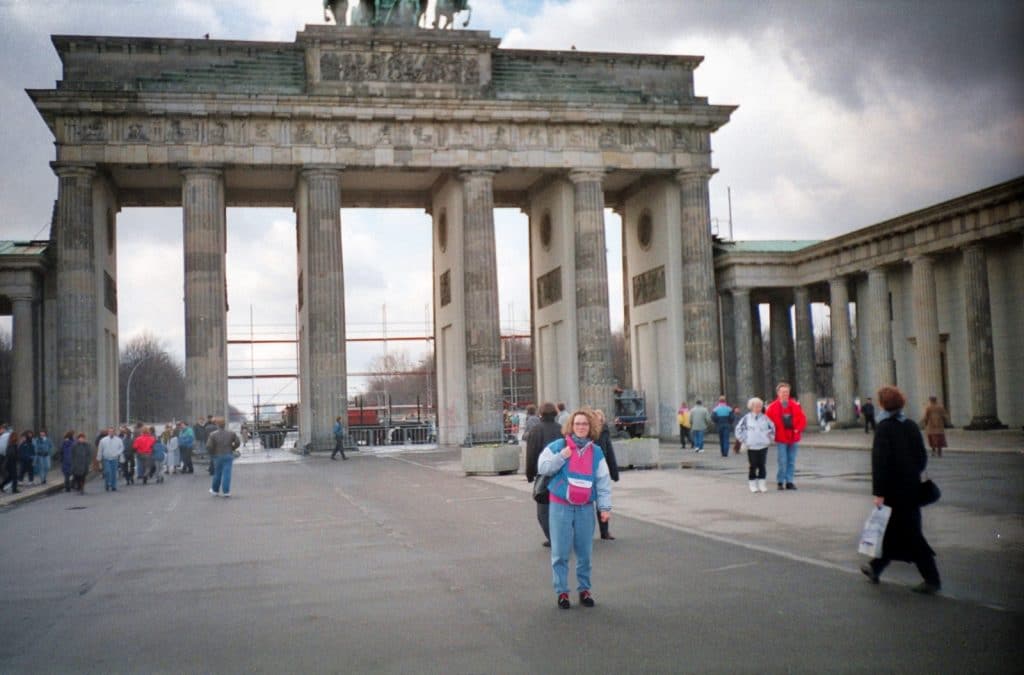 1990 – Susanne vor dem Brandenburger Tor
1990 – Susanne vor dem Brandenburger Tor
About the Brandenburg Gate
Around 1670, Dorotheenstadt was built, which was integrated into the city fortifications of Berlin. At the site where the Brandenburg Gate now stands, there was a breach through the rampart and a drawbridge over the moat. The first Brandenburg Gate, so to speak.
In 1734, a customs wall was built around Berlin. The old passage of the rampart became a city gate on the road leading to Brandenburg an der Havel. This gate was dismantled in 1788.
Frederick William II planned to build a new Brandenburg Gate as a representation of his rulers’ domestic and foreign policy. He wanted to have a gate built that resembled a Greek temple and thus present himself as the ruler who would bring Prussia a golden age. The gate was to be called the Gate of Peace and its beauty was to be shown inwardly to the inhabitants of the city.
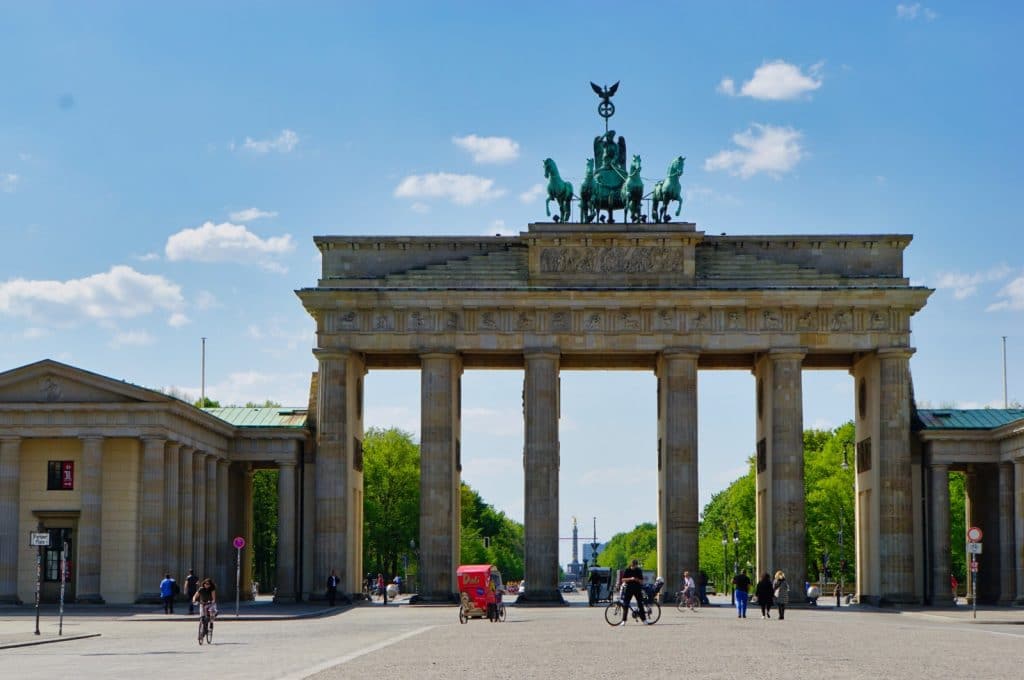
Building the gate
Carl Gotthard Langhans was commissioned by Frederick William II to implement the building plans.
The result was a gateway consisting of two rows of columns. Between each row was a brick and plaster wall, which was necessary to distribute the load of the upper section and the quadriga. This created 5 gateways of different widths. The two wing buildings flanking the sides were built later. They form a transition to the neighbouring buildings, thus creating a kind of courtyard of honour in front of the gate.
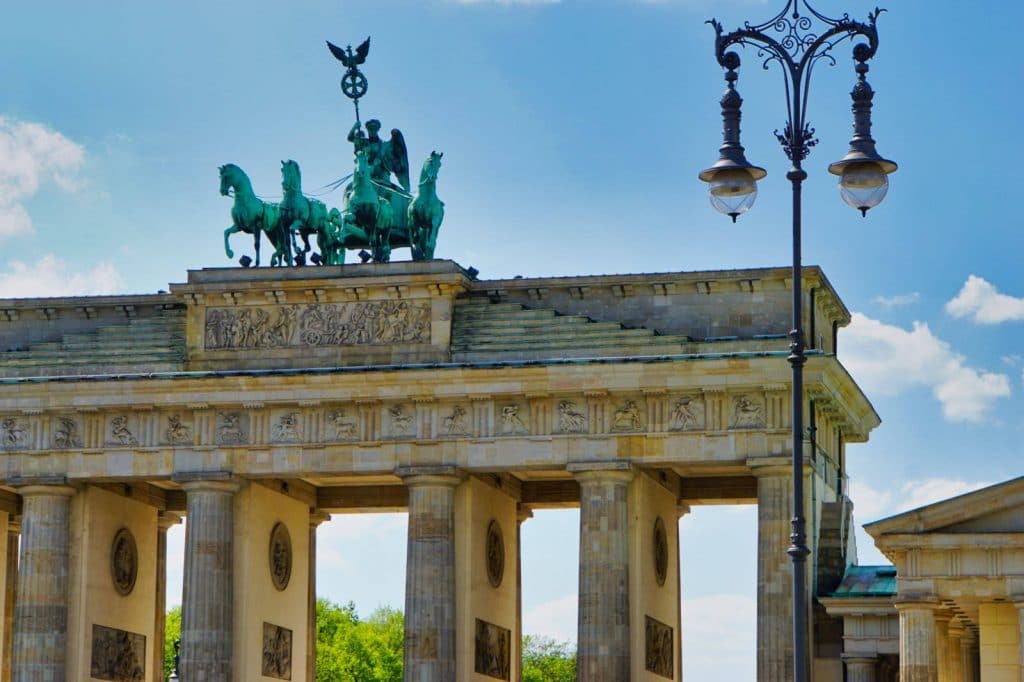
The dimensions of the Brandenburg Gate are already impressive. The gate is 26 metres high up to the top of the quadriga.
Quadriga
The quadriga is the most striking decorative element of the gate. Victoria, the goddess of victory, enters in her chariot and symbolically represents the arrival of peace in Berlin. It was erected in 1793, at which time it was not yet finally decided whether the quadriga should remain copper or whether it would be gilded. It was later decided not to gild it.
The sculpture was subsequently altered when it was realised that the victor’s emblem (spear, helmet, armour, 2 shields) was more recognisable as a lantern from a distance. Victoria was thus given a pole with a victor’s wreath and eagle.
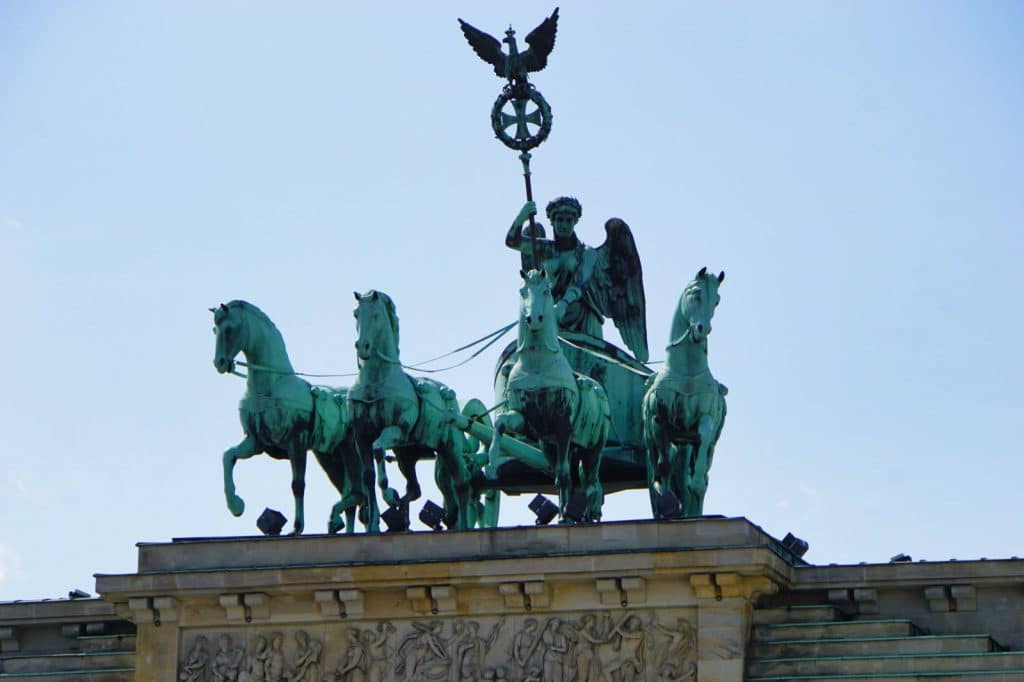
In 1814, the victory symbol was changed once again. Schinkel created a pole crowned by an oak wreath. On the oak wreath sat an eagle with outstretched wings and it enclosed an Iron Cross.
Today there is a replica on the gate. All that remains of the original is a horse’s head, which is in the Märkisches Museum.
Function of the Brandenburg Gate
In the past, the Brandenburg Gate not only had a representative function, but also had to fulfil a function. Anyone who wanted to pass through the gate had to pay an excise duty. Attention was paid to who entered or left the city and, in addition, the soldiers on guard had to make sure that none of their colleagues deserted.
The side wings were used by the tax authorities and the guards as accommodation.
The middle largest passage served as a thoroughfare and could be closed with gate wings. Only the equipages of the yard were allowed to pass through this gate. At night, the gate was closed with wooden doors. With the expansion of the town in 1861, the gate was no longer locked.
Stories around the Brandenburg Gate
There are many stories in which the Brandenburg Gate plays a role. I have written down three of them.
How the Quadriga left Berlin and returned
On 27 October 1806, Napoleon marched through the Brandenburg Gate in Berlin as the winner of the Fourth Coalition War against Prussia. He issued instructions to dismantle the quadriga and send it to Paris.
At the beginning of December, the statue was dismantled and packed into 12 crates and sent to France. It finally arrived in Paris on 17 May 1807. Napoleon actually wanted to place the quadriga on a newly built triumphal arch. However, due to the dismantling, disassembly and transport, the figure showed great damage and had to be restored. The work was completed in 1808 and it was placed in the Louvre.
Prussia was naturally anything but happy about this action. On top of the Brandenburg Gate, only a fortification iron stuck up like a thorn in this wound.
At the end of March 1814, the Prussian army won the wars of liberation and marched into Paris. After the quadriga had been tracked down, it was immediately taken apart again, packed into 15 crates and transported to Berlin. As soon as the crates reached Prussian territory, the repatriation resembled a triumphal procession. After the carriages reached Berlin, the individual parts were restored in the Grunewald hunting lodge. It was also at this time that the new victory emblem for Victoria was created. In the summer of 1814, the Quadriga was put back on the Brandenburg Gate. Yes, and how could it be otherwise in Berlin, the Quadriga promptly received the nickname “Retourkutsche”.
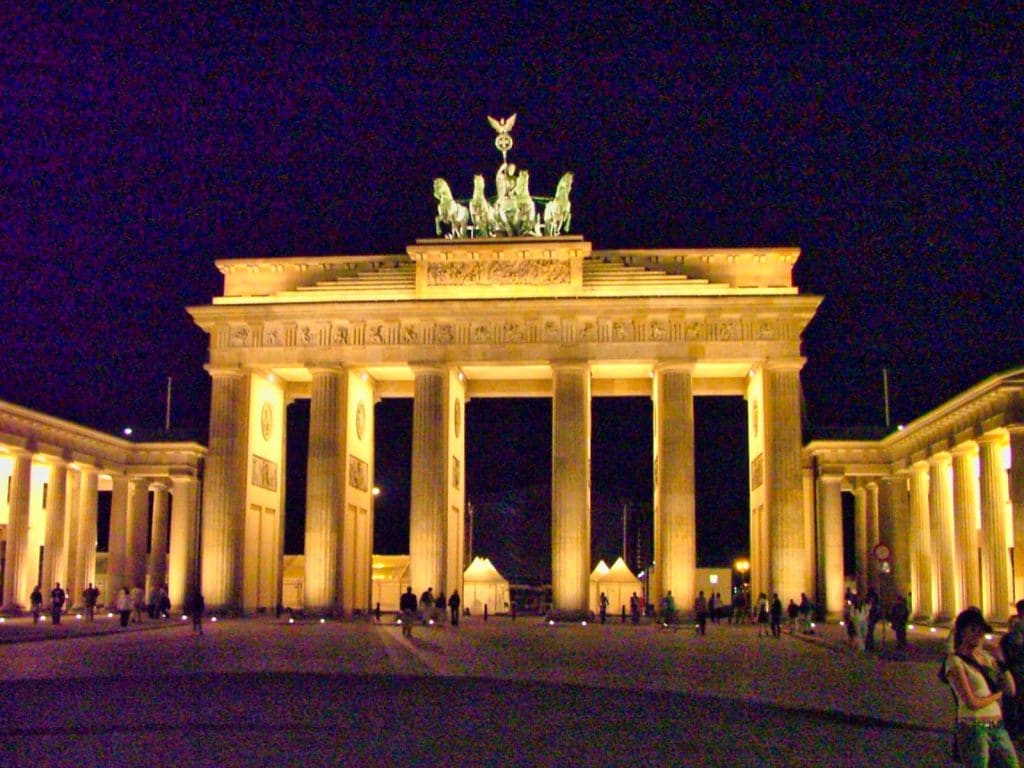
Brandenburg Gate station
In 1815, about 30 horse owners were granted permission to hire out their horse-drawn carriages around the Brandenburg Gate. Anyone was allowed to hire the carriage and not only, as had been permitted previously, people from the court, nobility or respected artists. Many could not afford it at the time and so the carriages usually stood empty on the street.
In 1825, Hofrat Kremser had an idea that the king initially approved on a trial basis. Kremser placed larger spring-loaded carriages for 10-20 people at the Brandenburg Gate. He laid down precise routes that these carriages were to follow and posted them on the carriages. In addition, Kremser designated stops and fixed departure times for the carriages. The so-called Kremsers were enthusiastically accepted by the Berliners and soon the horse-drawn buses departed from the Brandenburg Gate in a star formation.
Was the quadriga always looking in the same direction?
Unfortunately, apart from a horse’s head, the quadriga was destroyed during the Second World War. Since a plaster cast existed, the reconstruction succeeded and at the end of 1957 it stood again on the Brandenburg Gate.
There is a rumour that it once stood the other way round, facing the western part of Berlin. It is said to have been turned around in a night and fog operation. However, this claim is false.
It is true that one night in August 1958 the Quadriga was secretly moved to the Neue Marstall. There the Iron Cross was removed. The East Berlin city council did not want to display the emblems of Prussian-German militarism. They were then put back on the Brandenburg Gate.
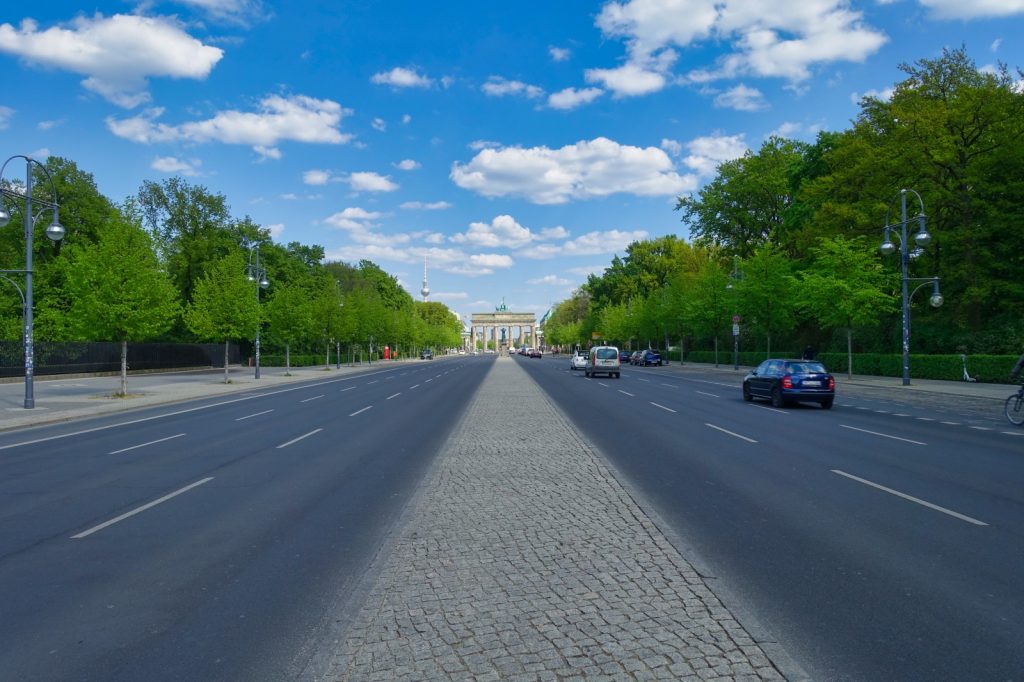
The Brandenburg Gate – a gate as a symbol of German history
On 13 August 1961, the Wall was erected in Berlin, dividing the city into West and East. The Brandenburg Gate stood in the middle of the restricted area and was no longer accessible to Berliners.
Now only GDR border guards or invited guests (on the GDR side) could access a visitor platform. Those of us in the western part of the city could only see the Brandenburg Gate from viewing platforms at an appropriate distance.
There are numerous quotes and statements by people about the Brandenburg Gate and the political situation at that time. One visit is commemorated today by a memorial plaque on the walkway to the gate. In the summer of 1987, the then US President Ronald Reagan spoke the following sentence in front of the gate: “Mr.Gorbachev, open this gate! Mr.Gorbachev, tear down this wall!”
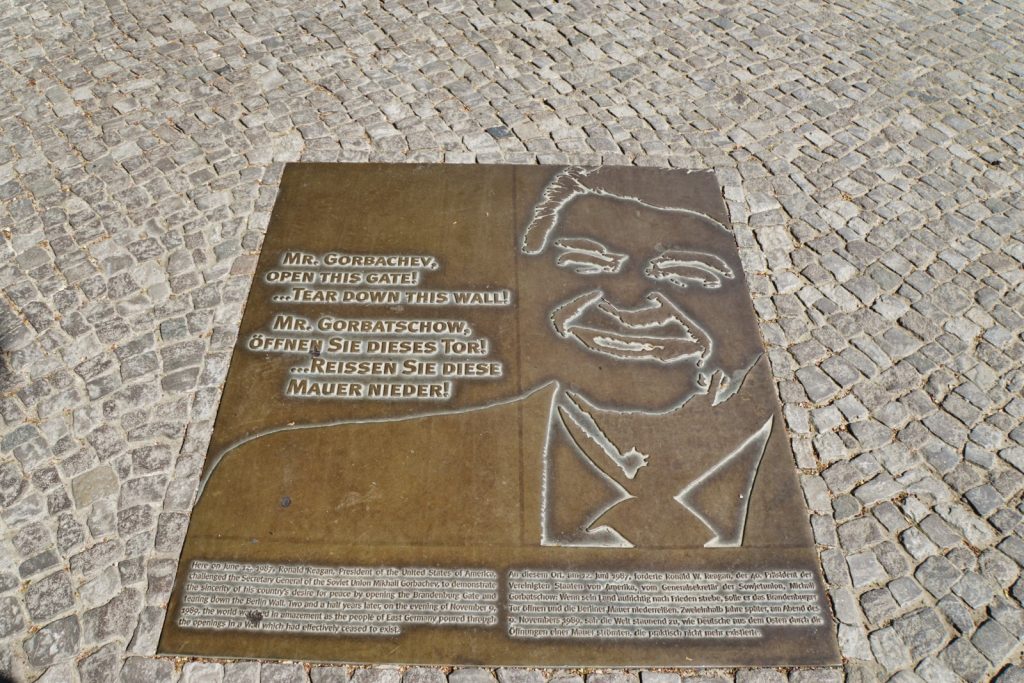
Only 2 years later, 28 years after the Wall was built, the Brandenburg Gate was reopened on 22 December 1989. Later, the barriers were also removed. I walked through the gate for the first time in spring 1990. It was a moment that Berliners will not soon forget.
The square in front of the Brandenburg Gate – Pariser Platz
The original square was built in 1732-1734 as an extension of Friedrichstadt. Aristocratic palaces stood around the square. In 1814, after the Prussian troops had conquered Paris, the square was named Pariser Platz.
During the Second World War, the square was heavily destroyed. The remaining buildings were gradually demolished. After reunification, the square was redesigned and an attempt was made to combine modern and historical elements.
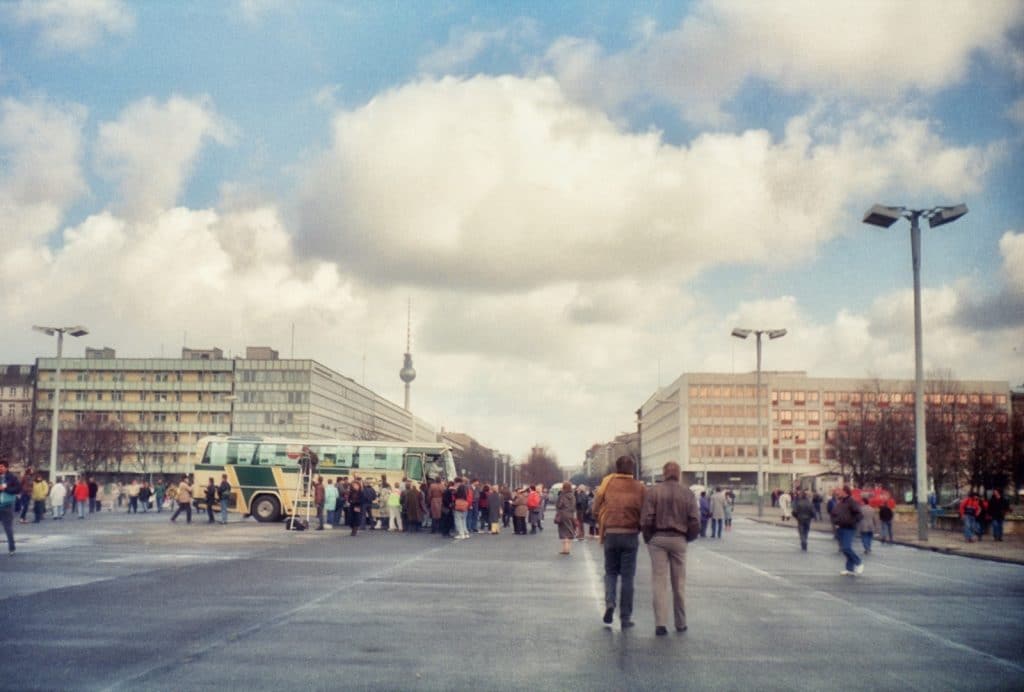 Pariser Platz 1990
Pariser Platz 1990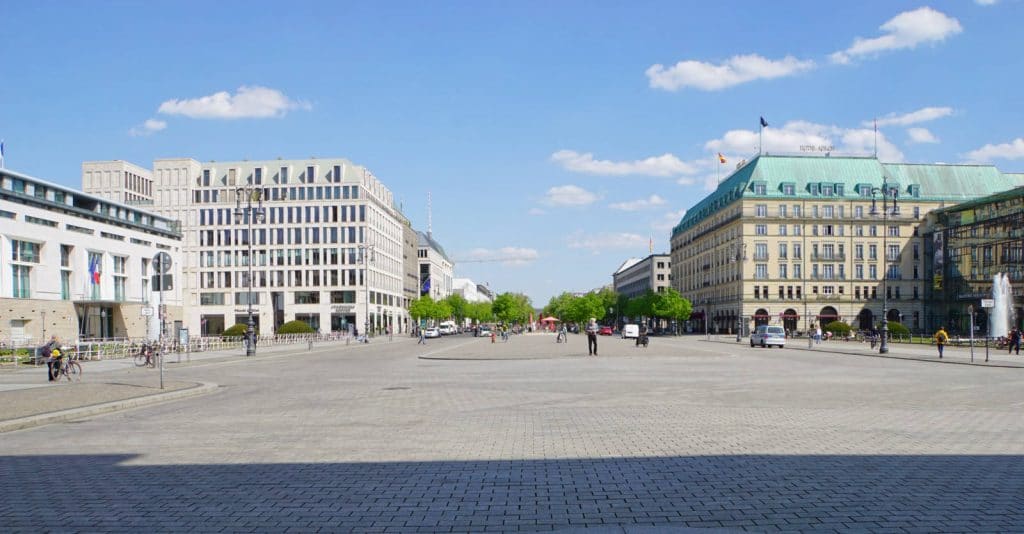 Pariser Platz 2020
Pariser Platz 2020
For me, next to the Brandenburg Gate, the Hotel Adlon is probably the most famous building on Pariser Platz. The hotel stood on Pariser Platz as early as 1905. From the outside, it looked rather classically conservative for its time. The interior was state-of-the-art: electricity and running hot water were standard in the guest rooms. This attracted guests from all over the world; even Wilhelm II preferred to stay in the heated rooms of the hotel in winter rather than in the draughty palace. In 1945, the hotel burned down and was demolished except for the side wing. This was then demolished in 1984.
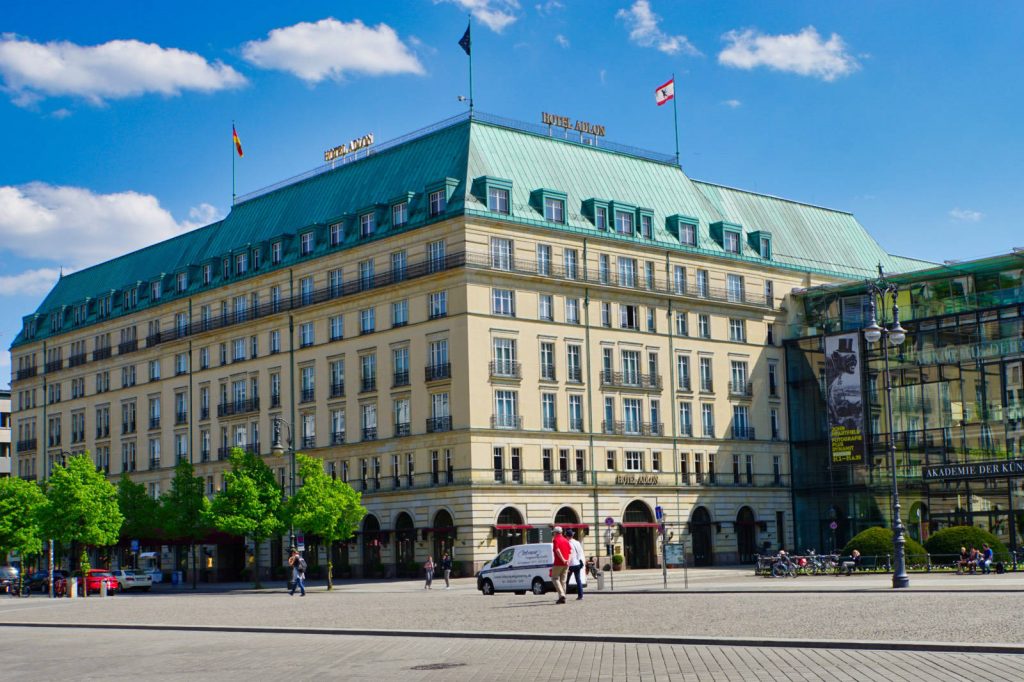
After the fall of the Wall, a new hotel complex was built on the same site (1995-97). It is not a reconstruction of the old hotel, but a new design that is stylistically based on the historical model. And as in those days, the Adlon is now a popular and exquisite hotel in the heart of Berlin.
Leaving Pariser Platz, you can then stroll along the street Unter den Linden until you reach Museum Island, the Berlin Cathedral and Alexanderplatz.
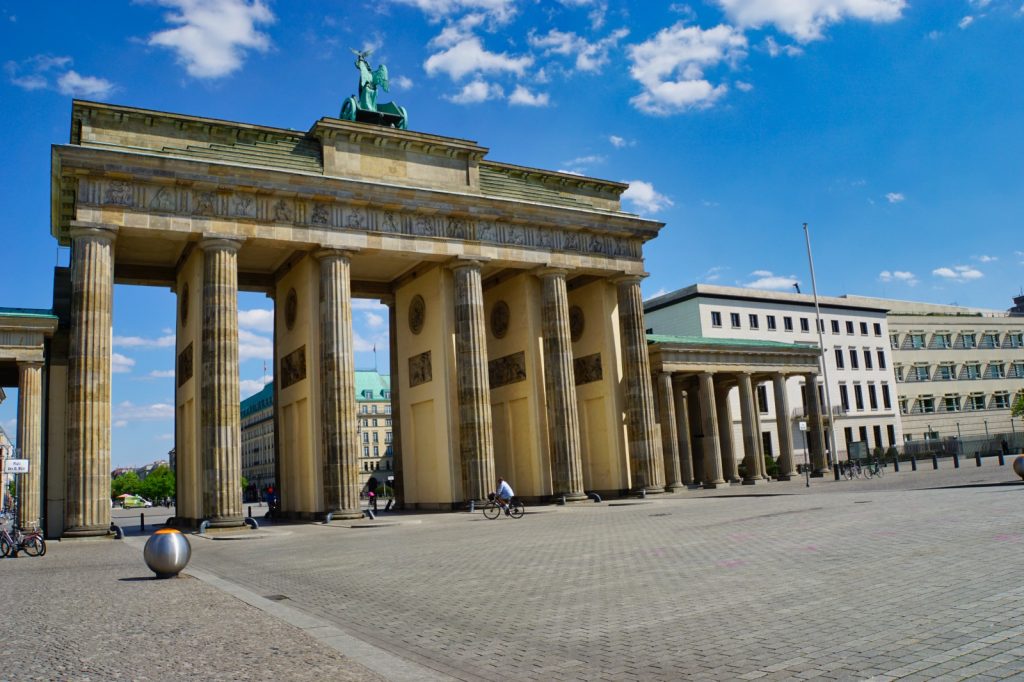
Address:
Pariser Platz 1
10117 Berlin




